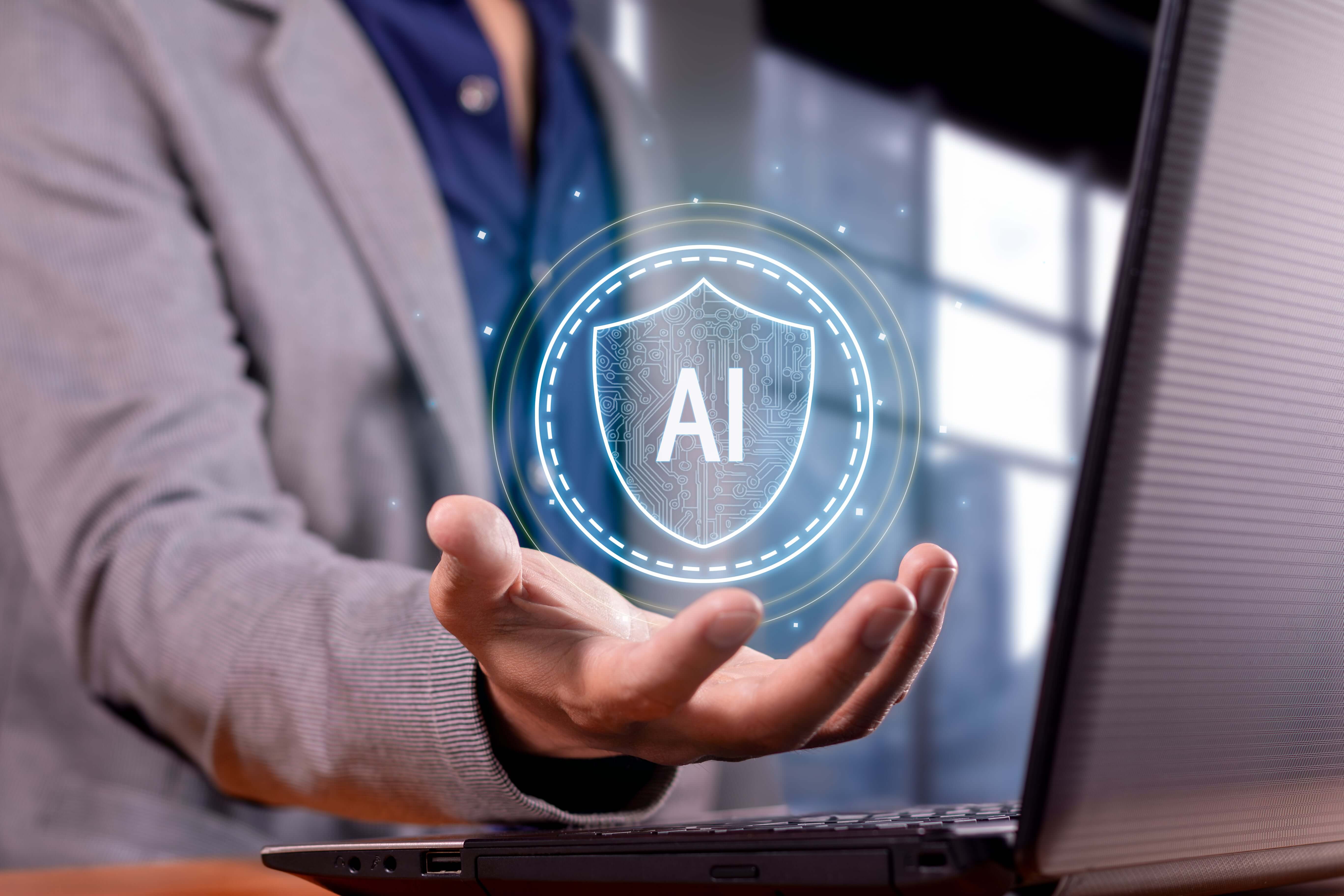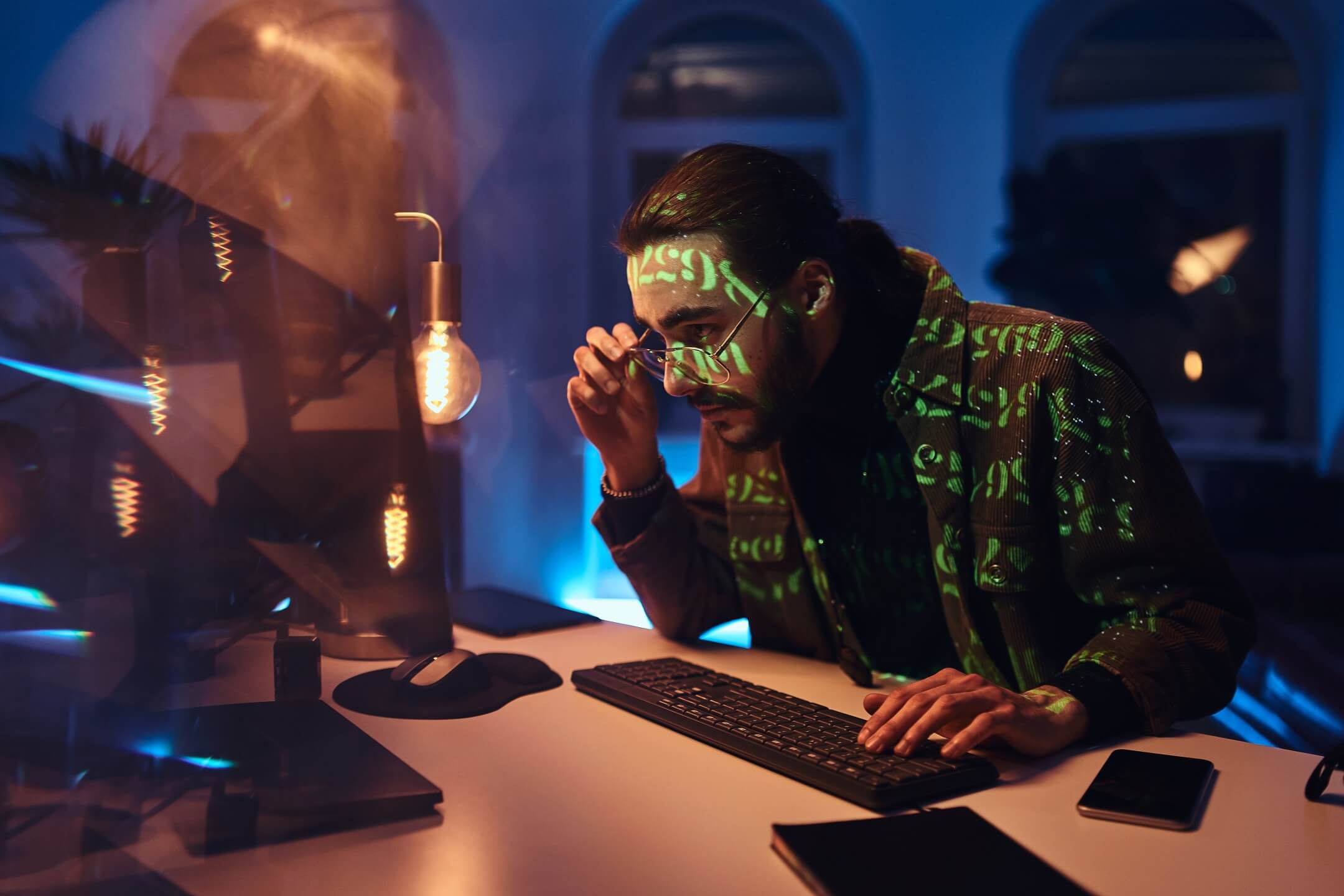Hot Topics: How AI Is Changing in Cyber security 2025
Artificial intelligence (AI) is transforming cybersecurity — and fast. From boosting threat detection to enabling next-gen cyberattacks, AI is reshaping how businesses defend their digital assets. But with innovation comes risk. So, what’s really happening inthe world of AI-powered cyber security? Let’s explore how AI is disrupting both sides of the battlefield — and what that means for you.
How AI Is Helping Defend Against Cyber Threats
Smarter Threat Detection
Traditional cyber security tools detect threats by matching them to known patterns — like identifying a familiar face.But today’s attackers are evolving fast. AI uses machine learning to detect unusual behaviour, unknown malware, and suspicious activity — even when it’s never been seen before. This means AI threat detection can catch cyber attacks in real time, sometimes before human analysts even notice something’s wrong.
Faster Automated Response
Speed matters in a cyberattack. AI-powered security systems can respond instantly — isolating compromised devices,shutting down harmful activity, and preventing lateral movement across a network. This automated threat response limits damage in the crucial first minutes and supports overwhelmed security teams by filtering out false positives.
Predictive Cyber security & Threat Intelligence
Using large-scale data analysis, AI can forecast future cyber threats and detect patterns across global networks. This kind of predictive cyber security allows organisations to strengthen their defences before an attack even occurs — patching vulnerabilities, adjusting firewalls, or deploying new safeguards.
But Hackers Are Using AI
AI-Driven Phishing Scams
Phishing is getting more personal. UsingAI, attackers scrape data from social media and other public sources to create hyper-personalised phishing emails and messages that mimic real people. These scams are harder to detect and more likely to succeed.
Adaptive, AI-Powered Malware
Hackers now use AI to build polymorphic malware — malicious code that constantly changes its signature or behaviour to bypass antivirus tools. Some malware even mimics normal user activity or network traffic, making it nearly invisible to traditional defences.
Rapid Vulnerability Discovery
AI can scan systems, websites, and software at lightning speed, looking for security weaknesses and outdated software. This makes it easier for cybercriminals to find exploitable gaps before they’re patched.
What Businesses and Individuals Can Do
Whether you're a startup founder,freelancer, or enterprise IT leader, staying ahead means adapting with the times. Here’s how to prepare:
• Use AI-driven security tools with real-time detection and automated responses.
• Keep threat databases and AI models updated to stay relevant against emerging cyber threats.
• Combine AI cyber security solutions with skilled human analysts. AI is fast, but humans add context and strategy.
• Train your teams to spotAI-enhanced scams, like deepfake videos or personalised phishing attacks.
• Join threat intelligence communities to share insights and stay informed about cyber security trends in 2025.
Final Thoughts: Embracing AI Without Fear
Artificial intelligence in cyber security is here to stay — and it’s changing everything. It’s helping defenders act faster and smarter, but it’s also empowering attackers with new tools. Understanding this evolving landscape is essential for staying secure.
The good news? With the right strategy, tools, and training, AI can be your biggest cyber security asset, not a liability.
Want to Learn More?
Join us at our Manchester CIO & CISO Summit this September to dive deeper into the future of AI, cybersecurity, and digital resilience. Hear from industry experts, explore real-world solutions,and get ahead of the threats shaping tomorrow.
Click here to visit our events page and register.



.png)
.JPG)



